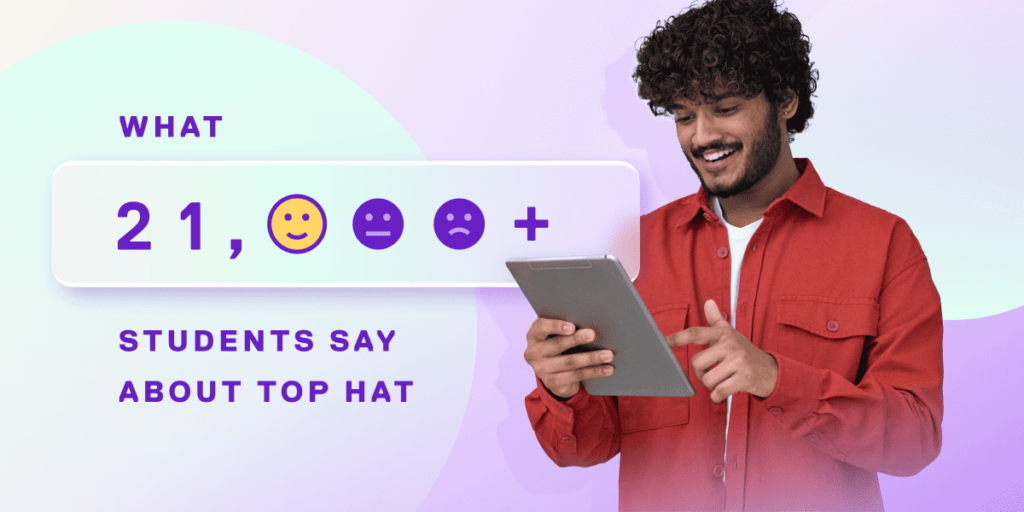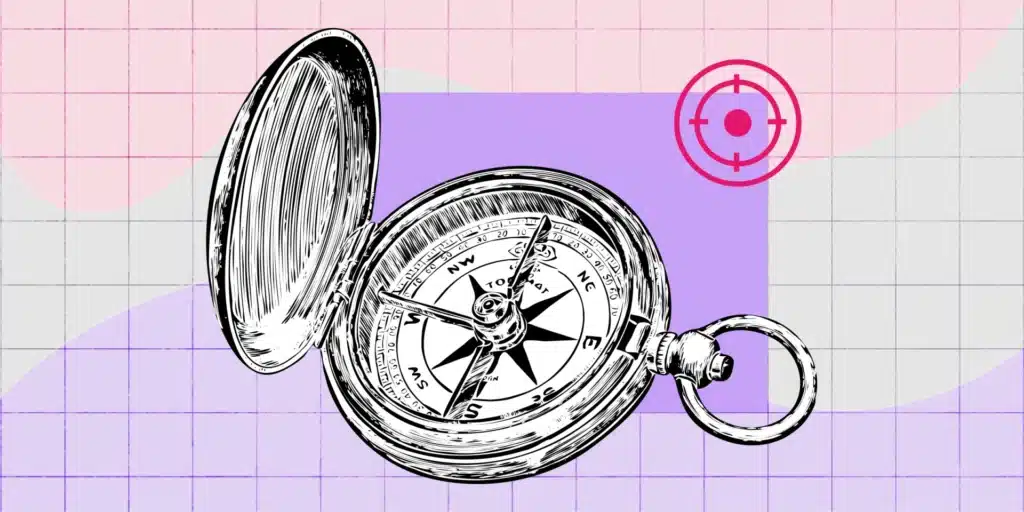There was a time, not long ago, when newly-minted graduates fretted over how to convert the grades on their college transcripts from letters to grade-points—all in order to put their best foot forward for prospective employers. Does their B-minus in a crucial course translate into a 3.0, a 2.75 or a 2.67?
Today, however, it’s increasingly clear that the traditional transcript—letters or numbers—no longer meets the needs of students and employers. Typical letters and grade-point averages don’t convey what students actually learn: the knowledge they gain, the skills they develop or their ability to apply either to real-world, workplace situations.
This new consensus is behind a growing trend towards new ways of measuring and communicating what students actually learn in the course of their college education. So says the EDUCAUSE 2018 NMC Horizon Report on Higher Education, which identifies and describes the higher education trends, challenges, and developments in educational technology.
Subscribe to Top Hat’s weekly blog recap
Get the best posts of the week delivered to your inbox:
This year’s report marks the 15th anniversary of the Horizon project, which brings together an advisory board of international educational experts every year to assess the technologies most likely to have an impact on learning, teaching and creative inquiry. It sees the rising trend towards the measurement of learning outcomes as one that will have a profound impact upon higher education within the next five years: “As societal and economic factors redefine the skills needed in today’s workforce, colleges and universities must rethink how to define, measure, and demonstrate subject mastery and soft skills such as creativity and collaboration.”
Quantifying educational achievements
The problem with the traditional transcript is that it leaves all stakeholders in the dark. Students can’t adequately communicate their acquired skill set using it, and employers are left guessing at the potential strengths and weaknesses of prospective graduates. And colleges themselves may be doing a stellar job of preparing students for the workforce—but As, Bs, 4s and 3s don’t adequately convey the depth of their work or the breadth of their teaching success.
Nor does the traditional transcript convey the quantity or quality of learning data that colleges have—or could have—on student learning. According to the Horizon Report, the proliferation of data analysis software, combined with the power of learning management systems, digital engagement platforms and mobile learning makes it possible for colleges to “leverage analytics and visualization software to portray learning data in a multidimensional and portable manner.”
As the report points out, the situation has given rise to third-party providers (Knack and Pymetrics being two examples) who specialize in translating students’ educational achievements into a set of competencies, which they can then match against recruiters’ needs for specific positions. According to the Washington, DC-based non-profit Education Design Lab, the future of recruitment will see an increased use of “keyword hiring,” with algorithms searching applicants’ submissions and their online profiles—from transcripts to LinkedIn—to quickly assess, vet and whittle down a pool of prospective candidates and identify the best matches. And employers are increasingly on the hunt for what are known as “T-shaped” applicants, whose depth of learning in their academic specialty is capped with a set of horizontal soft skills for working with others and managing situations.
American colleges are actively responding to these trends. George Washington University has partnered with Southern Illinois University and Workcred, a non-profit organization that is working to modernize the credentialing system, to create an online resource for comparing the value and meaning of various credentials, as well as their component competencies. And more than a dozen colleges and universities across America have partnered with Education Design Lab to develop a set of “21st-century skills badges” that help students certify soft skills—such as creative problem solving, collaboration, critical thinking and empathy—that employers value highly but transcripts do not reflect.
Nevertheless, despite the sophistication and helpfulness of these third-party initiatives and partnerships, colleges themselves remain in the best position to assess and certify graduates. As they assist in the development of these credential and competency assessment tools, they may well adopt them as part of their own student assessments—which is why the Horizon Report anticipates the creation of a new 21st-century transcript.
As the report explains, “this new transcript would capture a broad range of learning experiences from multiple institutions, perhaps including factors such as research, service learning, internships, study abroad, badges, and co-curricular achievements—along with discrete competencies and outcomes—to better represent what students have learned and are capable of doing.”


